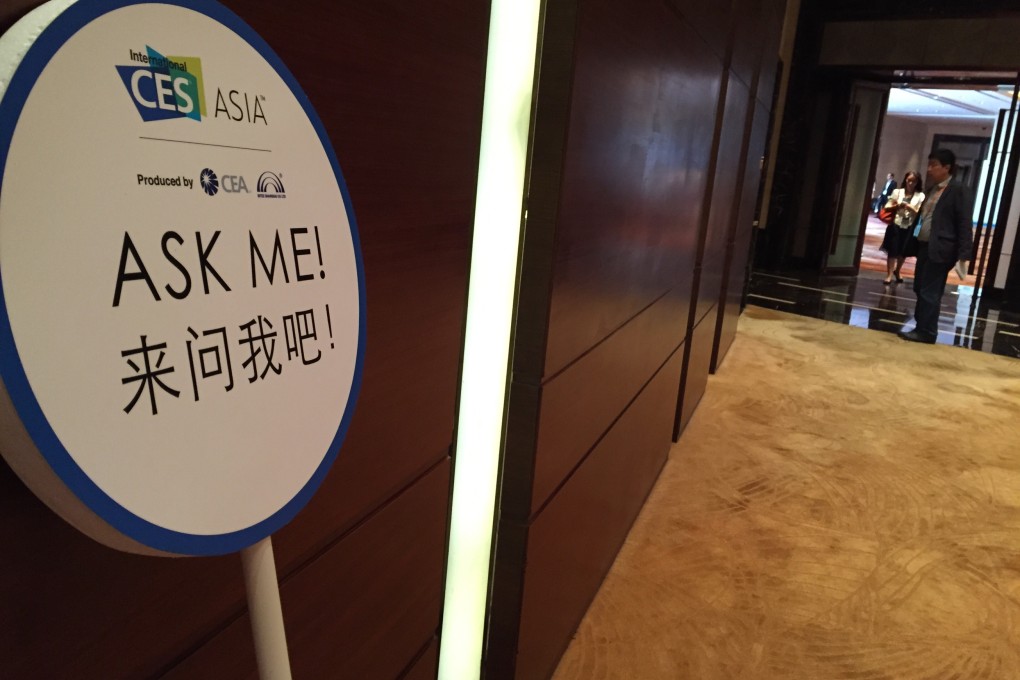Mr. Shangkong | Behind the scenes at CES Asia in Shanghai, complaints about Chinese copycats

C2C or 'Copy2China' is the practice of copying everything new and popular in the West in the Chinese market. Examples abound in both hardware and internet services, thanks in part to Beijing's tight control of the domestic internet market and policy.
As CES Asia kicked off on Monday, I walked around the two big exhibition halls and easily found quite a number of so-called “new and innovative” products that are made in China but are remarkably similar in terms of function and design to popular devices developed by Western technology firms. "This looks so familiar" is the common refrain when visitors spot something they feel is a copycat of a foreign product.
For example, I found a tablet looks almost identical to Apple’s iPad, down to the packaging, which is a spitting image of an iPad box.
Another Chinese company had brought a wearable device to CES Asia which looked incredibly similar to Google Glass. I asked a salesman about the resemblance and he said: "Google can do theirs and we do our own. It doesn't matter."

